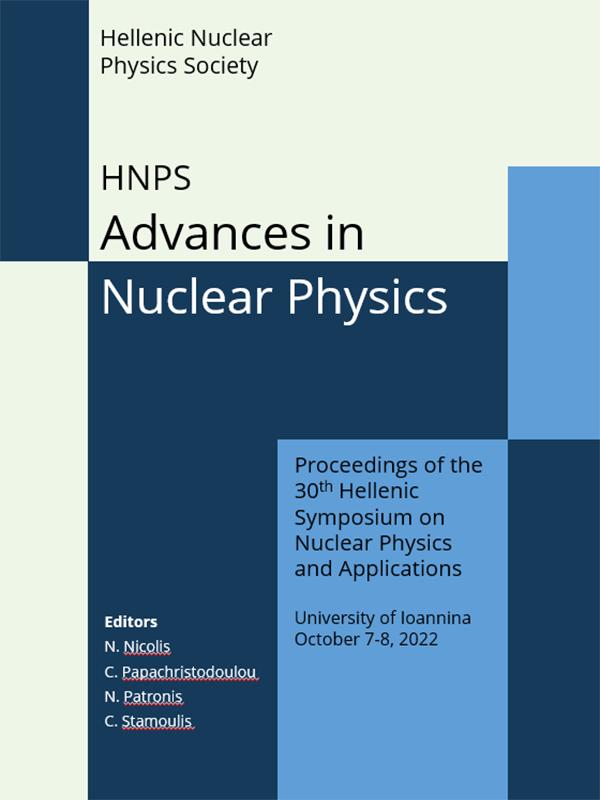MCNP simulations for the n_TOF NEAR station

Abstract
The NEAR station is the newest experimental area of the n_TOF facility at CERN, utilizing the spallation process to generate extremely high neutron flux within a broad energy spectrum. As part of the campaign for the determination of the neutron beam spectral features, numerous foils have been irradiated last year and the induced activities were measured implementing a HPGe detector.
Experimental data analysis of the irradiated foil’s gamma-ray spectra, yielded the saturated activities for each material that can be used to unfold the characteristics of the neutron flux through data deconvolution using the SAND-II code. Since this process is mostly mathematical and does not account for geometry, shielding and scattering effects, correction factors need to be defined and applied to the measured activities in order to produce a more robust and accurate result.
For this purpose Monte Carlo simulations using the MCNP code were performed to investigate the self-shielding of the foils and its effect on both the neutron flux and the gamma rays emitted. Also, a detailed simulation including the full geometry of the experimental setup was developed and used in order to investigate possible influence of the peripheral materials (cement, other foils, mylar as well as the aluminum sample holder and rails) to the total flux that reaches each individual foil through scattering of neutrons.
Article Details
- How to Cite
-
Kopanos, S. A. (2023). MCNP simulations for the n_TOF NEAR station. HNPS Advances in Nuclear Physics, 29, 171–175. https://doi.org/10.12681/hnpsanp.5155
- Issue
- Vol. 29 (2023): HNPS2022
- Section
- Poster contributions

This work is licensed under a Creative Commons Attribution-NonCommercial-NoDerivatives 4.0 International License.





